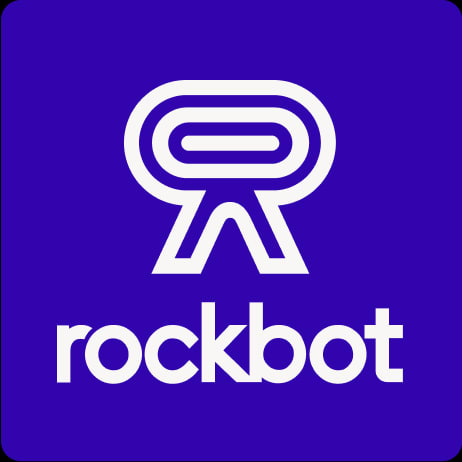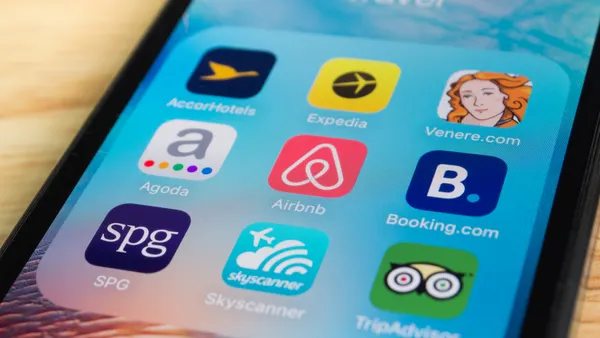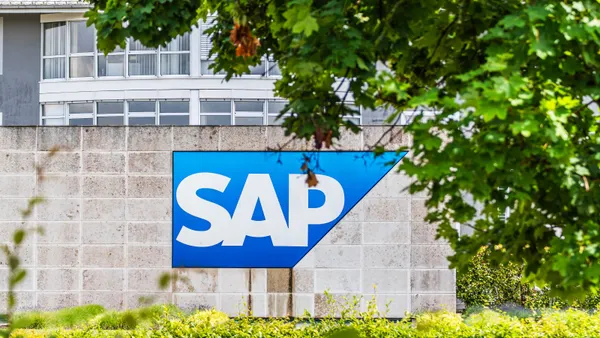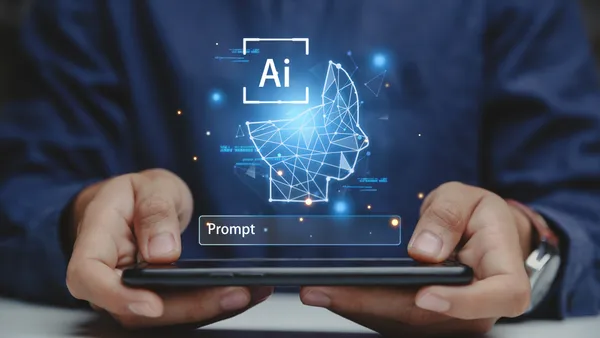Executives across business verticals found technology essential to pandemic response, but for restaurants, tech became a lifeline. With foot-traffic down and locations shuttered, in-store dining cratered.
At Chipotle Mexican Grill, the enterprise technology backbone supported a 202.5% year-over-year increase in digital sales during the third quarter, accounting for nearly half of total sales in the quarter.
CTO Curt Garner was appointed to Chipotle's C-suite in November 2015. Initially occupying a CIO role, the executive oversaw the company's digital transformation effort, which relied on the cloud to support mission-critical applications — internally and consumer-facing.
"Many of the investments that we needed to react to how things rapidly changed were already in place," Garner said. "We'd already invested in collaboration, we'd already invested in a digital business."
The spike in digital sales during the pandemic and Chipotle's ability to meet demand was evidence the investments paid off.
"He challenges us to look for creative ways to solve really complex problems, to look at things through a different lens."

Nicole West
VP, digital strategy and product management at Chipotle
"The thing that we all needed to adapt to was how rapidly the usage of all of those technologies scaled," said Garner. "Our digital business went from 20% of our business coming into the pandemic to over 70% of our business at peak."
As markets respond positively to digital sales growth as another wave of infections looms, Garner points to one component in the tech stack that explains how the systems held up amid a glut of online orders.
"The short answer is: the benefits of the cloud," Garner said. "We built all of this technology stack to be elastic and scalable." A Microsoft Azure shop, the restaurant relied on its cloud backbone to adapt to changes in demand.
Adaptability in management
Pressure on the technologies that support digital sales means organizations needed their tech leadership to react swiftly. The technology stack should have been able to scale even before the impact was felt.
"The CTOs I know who felt most calm about this and felt most satisfied were the ones who already had the flexibility in their applications, to deploy them at will," said George Lawrie, VP and principal analyst at Forrester. "If they already had a good cloud strategy, they could do that."
Alongside cybersecurity, cloud computing was ranked atop the list of technologies to turn to in the pandemic response, according to IT executives on a Deloitte survey. Cloud became a mandate, a non-negotiable aspect of the IT infrastructure.
"We built all of this technology stack to be elastic and scalable."

Curt Garner
CTO at Chipotle
Executives such as Garner, who oversees the technology that powers 2,710 locations, are called to strike a balance between crafting technology that's agile and adaptable while also robust enough to sustain the business.
The CTO's leadership style is all about supporting teammates as they lay out a roadmap for the future, said Nicole West, VP, digital strategy and product management at Chipotle.
"He challenges us to look for creative ways to solve really complex problems, to look at things through a different lens," said West, who reports to Garner.
The future of Chipotle
The concept of the digital kitchen first emerged at Chipotle in 2016, a software-enabled kitchen that sought to reduce friction and boost efficiency in the assembly line. Screens help crew members visualize which orders are up next.
The company understood it needed to "create digital kitchens in all of our restaurants," said Garner. "It wouldn't be good enough to just release an app, or release a web ordering site if we couldn't set up our crews and ultimately our guests to be successful."
The desire to remove friction connected the technology assets with physical assets to produce the Chipotlanes concept, the brands' contactless take on drive-thru. The company plans to expand on the concept and aims to deploy 150 to 165 Chipotlanes in 2020.
The company announced it will open its first digital-only location in Highland Falls, New York devoted to pickup and delivery.
"With everything being custom made and assembled to order in the restaurant does not lend itself to a traditional drive-thru experience," said Garner. "We're not a company where you roll up and say 'I'll have a No. 1' and pick a drink."



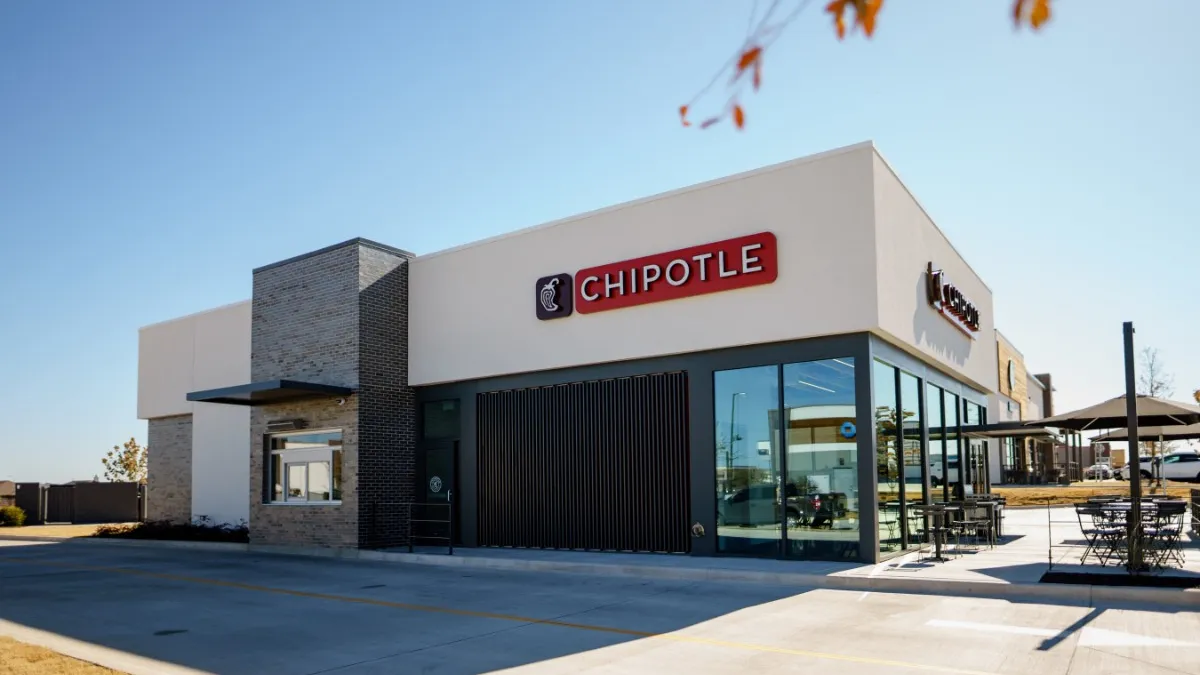
 Read more
Read more




